A new Ranked Battles Regulation Set has been announced for Pokémon Scarlet and Violet. Read on below to learn more:
Pokémon Video Game Championships (VGC) competitor and caster Aaron “Cybertron” Zheng breaks down the exciting new format that bars Paradox Pokémon and Legendary Pokémon.
By Aaron Zheng, Contributing Writer
Regulation Set H has officially started in the Pokémon Scarlet and Pokémon Violet VGC and will continue until January 2025. With no Paradox Pokémon or Legendary Pokémon permitted, this format looks completely different from any ruleset we’ve had in the past year. I’ll be breaking down what you can expect in the early days of the format and how you can prepare for upcoming tournaments.
Table of Contents
Pokémon and Strategies to Expect
While the format is still new, there are several strategies that are already incredibly popular. As you prepare, you should expect to see the following general strategies, specific duos, and individual Pokémon.

Tailwind: These teams utilize Tailwind users—such as Whimsicott, Talonflame, and Murkrow—to boost the Speed of their entire team. They are often paired with Pokémon with powerful spread moves, such as Bloodmoon Ursaluna (Hyper Voice), Gholdengo (Make It Rain), Hisuian Typhlosion (Eruption), Primarina (Hyper Voice), and Garchomp (Earthquake).
Trick Room: These teams aim to set up Trick Room with Pokémon such as Armarouge, Hatterene, Indeedee, Gallade, and Farigiraf. They also feature Pokémon with low Speed stats, such as Ursaluna and Torkoal, to deal massive amounts of damage in a short period of time.
Redirection + Setup: This strategy combines Pokémon with redirecting moves—such as Maushold (Follow Me), Indeedee (Follow Me), Amoonguss (Rage Powder), and Clefable (Follow Me)—to protect Pokémon that aim to boost their stats, such as Kingambit (Swords Dance), Volcarona (Quiver Dance), and Gholdengo (Nasty Plot).
Rain: These teams use Pelipper’s Drizzle to set up the rain and feature a variety of Pokémon that can thrive while it is raining. Examples include Archaludon, which can increase its Special Attack with Electro Shot, and Basculegion, which can outspeed most Pokémon thanks to Swift Swim and deal massive amounts of damage with moves like Wave Crash and Last Respects.
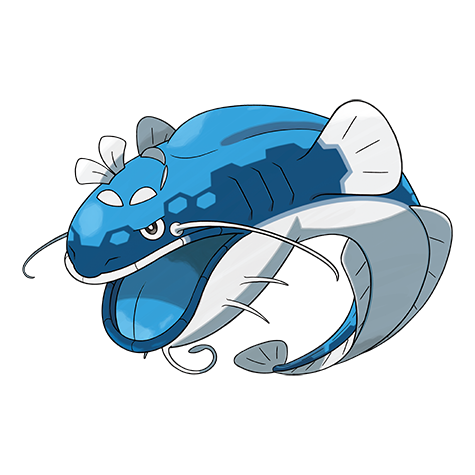
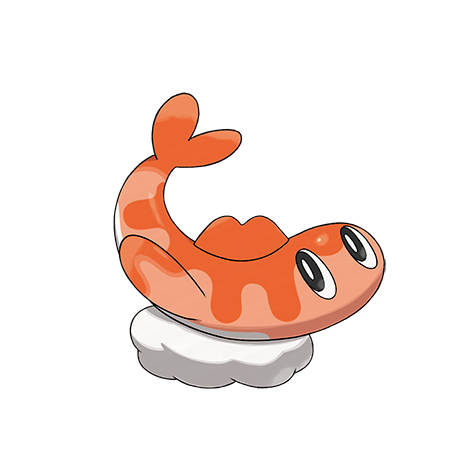
Dondozo + Tatsugiri: Unaware Dondozo and Commander Tatsugiri form one of the strongest duos in Pokémon Scarlet and Pokémon Violet. A boosted Dondozo can deal massive amounts of damage while being very difficult to knock out. It can also heal itself using Leftovers and further boost its stats with Order Up.

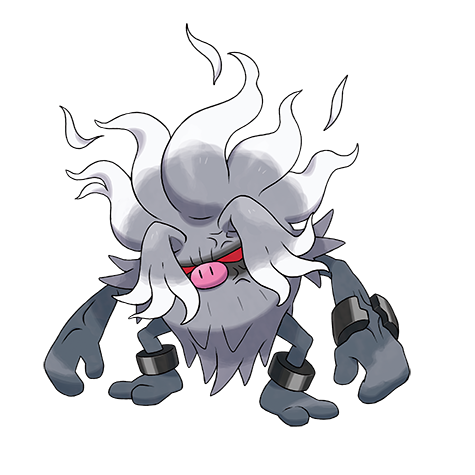
Maushold + Annihilape: This duo normally pairs a Maushold that knows Beat Up and has the Friend Guard Ability with an Annihilape that knows Bulk Up and Rage Fist. Maushold can quickly stack up the damage bonus on Annihilape’s Rage Fist, allowing it to deal massive damage quickly. Maushold can also redirect attacks away from Annihilape using Follow Me and disrupt opponents with Taunt.

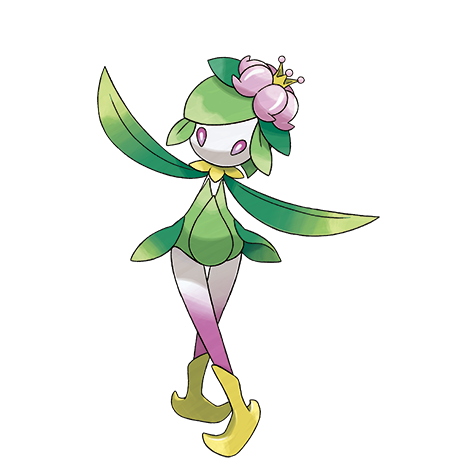
Torkoal + Hisuian Lilligant: This duo utilizes Torkoal’s Drought to set up harsh sunlight, activating Hisuian Lilligant’s Chlorophyll. Hisuian Lilligant has a wide variety of options—it can use After You to allow Torkoal to attack immediately after it despite Torkoal’s low Speed, normally with powerful Fire-type attacks like Eruption. It can also use Sleep Powder to immobilize opposing Pokémon or attacks such as Solar Blade and Close Combat.
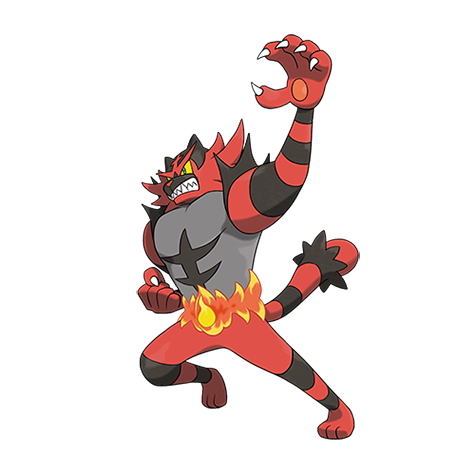
Other Pokémon you should expect to see include Rillaboom and Incineroar. Both of these Pokémon were incredibly popular in Regulation Set G and continue to be two of the best Fake Out users in Regulation Set H. They can also both easily pivot out with moves like U-turn and Parting Shot.
Popular physical attackers also include Dragonite, which often carries a Choice Band or Assault Vest; Tyranitar, which is strong against teams that have weather on them and can be used to enable Excadrill; Dragapult, which is one of the fastest Pokémon in the format and can deal massive amounts of damage with Choice Band– or Life Orb–boosted attacks; and Paldean Tauros (Aqua Breed), which has Intimidate and a great offensive typing.
Special attackers that are popular include Gengar, which is one of the fastest special attackers in the format; Glimmora, which can get a very powerful Meteor Beam off when paired with Power Herb; and Hydreigon, which can set up Tailwind or use Focus Energy with Scope Lens to get critical hits with Draco Meteor.
Developing a Team in Regulation Set H
With so many viable options in the newest regulation set, developing a team may feel overwhelming. Here are some tips to help you get started.
Regulation Set H closely resembles Regulation Set A—formerly known as the Series 1 regulations—which was used at the beginning of Pokémon Scarlet and Pokémon Violet. While Regulation Set H has many new inclusions—such as Archaludon, Bloodmoon Ursaluna, Hisuian Typhlosion, Incineroar, and Rillaboom—several strategies that were effective in Regulation Set A are still viable.
There were two major tournaments that used Regulation Set A: the 2023 San Diego Regional Championships and the 2023 Liverpool Regional Championships. These tournaments featured a wide variety of strategies that can be adapted for Regulation Set H, such as Luca Paz’s Dondozo team and Jeudy Azzarelli’s rain team.
As you adapt older teams from a previous format, you may want to consider new options that did not previously exist. For example, many teams that featured Tailwind in Regulation Set A used either Talonflame or Murkrow. Whimsicott became available in Ranked Battles later on, so you may want to see how Whimsicott fares.
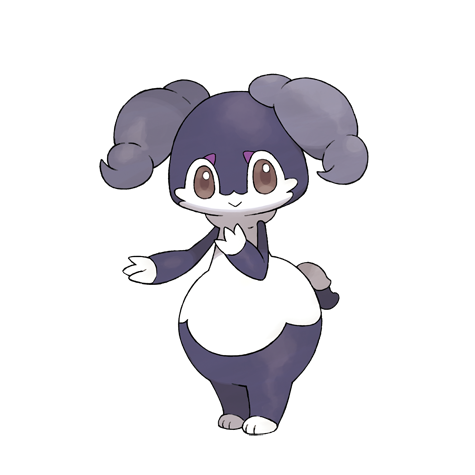
A well-constructed team will have ways to effectively deal with top Pokémon and strategies. While the metagame will undoubtedly evolve, you should be prepared for all the strategies mentioned above. Here are some potential solutions to some of the most common tactics in the format currently:
- Tailwind: If you are able to set up Trick Room while your opponent has Tailwind active, you’ll often have a major advantage. Many Pokémon that are on Tailwind teams often like using spread moves, so having a Pokémon with Wide Guard can slow down their damage output. Tailwind teams also often use Pokémon that are relatively frail.
- Trick Room: Having a slow Pokémon on your own team can be effective when your opponent sets up Trick Room. You can also consider using a Pokémon that carries both Imprison and Trick Room, such as Indeedee, to deny your opponent the ability to use Trick Room themselves.
- Rain: Having a Pokémon that can change the weather—such as Tyranitar or Sunny Day Whimsicott—on your own team is very valuable for countering teams that make use of rain. Archaludon in particular is threatened by Fighting-type and Ground-type attacks—it will often Terastallize into Grass or Fairy to take less damage from these types, so having other Pokémon that can threaten the common Tera Types is important.
- Dondozo + Tatsugiri: Pokémon that can remove Dondozo’s stat boosts once it’s combined with Tatsugiri are very effective. Examples include Clear Smog Amoonguss and Haze on Pokémon like Gengar, Murkrow, Primarina, and Palafin. You can also take advantage of the fact that Tatsugiri is vulnerable for a turn when Dondozo is knocked out, so try to stagger your attacks to knock out Dondozo and Tatsugiri simultaneously.
- Maushold + Annihilape: Pokémon that can KO Maushold before it is able to get Beat Up off into Annihilape are a huge threat. Powerful spread moves that can deal massive amounts of damage to both Maushold and Annihilape, such as Choice Specs Gholdengo’s Make It Rain or Hisuian Typhlosion’s Eruption, can also apply lots of pressure immediately. Follow Me can be used to redirect Beat Up away from Annihilape.
There are over a dozen major tournaments following Regulation Set H, starting with the 2024 Baltimore Regional Championships. Each tournament will introduce new concepts and strategies to the format, so it’s important to keep an eye on the top teams from each event. You can watch these tournaments live as they happen on Pokémon’s official Twitch or YouTube channels and check Pokemon.com for event results after they have taken place.
As you follow the results of these events, you may want to ask yourself the following:
- Are there any teams that I can draw inspiration from?
- How do my current teams stack up against the teams that just performed well at the tournament?
- Are there any clear trends that I can see? For example, if you notice that most of the top teams have Clear Smog or Haze, you may want to reconsider using Dondozo + Tatsugiri.
The VGC metagame can evolve very quickly, especially during the start of a brand-new format or regulation, so keeping up with results, especially from the first major tournaments, can be an important tool as you develop your teams.
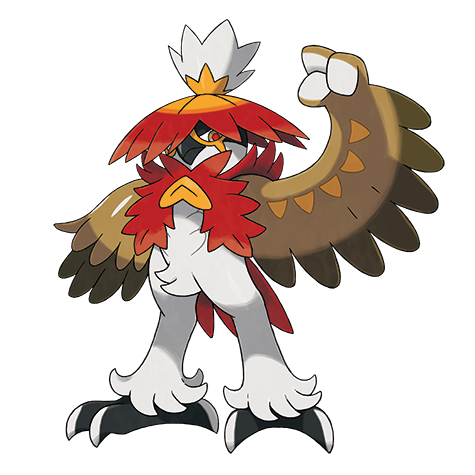
With the start of a new regulation set also comes new Pokémon that have seen little to no play in previous formats, such as Hisuian Zoroark and Hisuian Decidueye. Facing off against Pokémon that you have not seen in competitive battles before can be challenging—the best way to learn is to play many games at the start of a new format to get experience against the wide variety of Pokémon and teams out there. As you play, you’ll want to keep the following in mind:
- What are the Pokémon that I run into the most? What are the most common moves, held items, and Tera Types on these Pokémon?
- What are the Speed interactions between the Pokémon that I commonly see? How do they interact with my team?
- What strategies am I struggling to beat? Why are these strategies so effective?
- How does my team stack up against my opponent’s? Would changing a specific move, held item, Ability, or Tera Type have given me an advantage?
How to Prepare for Upcoming Tournaments
As you prepare for events in the Regulation Set H format, you should also consider building teams that are optimized for the structure of the tournament. Major in-person tournaments use the best-of-three format, where the first player to win two games wins the set. These tournaments also feature open team sheets, where each player is given a team sheet that contains information about their opponent’s Pokémon and their held items, Abilities, and moves.
However, while major in-person tournaments are best-of-three and have open team sheets, the Battle Stadium—as well as Grand Challenges and Global Challenges—are best-of-one and have closed team sheets. Here are some tips on approaching both tournament formats.

The best-of-one closed team sheet environment leaves little room for error. You’ll have to make more educated guesses than in the open team sheet environment, and one small mistake can snowball quickly into a loss. As a result, keep in mind that surprises can have a huge payoff when executed correctly. Here are some examples:
- Using an uncommon Pokémon that people will likely have very little experience battling against
- Using a common Pokémon in an unconventional way
- Changing up how it’s trained—for example, training a Pokémon to survive a common attack that would normally knock it out.
- Using a move that is not normally seen on that Pokémon—for example, Incineroar normally does not carry Protect, so players target it more frequently. Using Protect can drastically slow down your opponent’s momentum if they do target Incineroar.
- Using an unexpected Tera Type—for example, Bloodmoon Ursaluna normally runs Normal as its Tera Type to increase its damage output. You could consider the Ghost Tera Type to catch opponents off guard and gain immunity to Fighting-type damage.
- Using an unexpected Ability—for example, Multiscale on Dragonite. Most players run Inner Focus to deter Fake Out and Intimidate. Because of this, Fake Out users, such as Rillaboom, will normally be cautious of using Fake Out against Dragonite anyway, so bluffing an Ability and using another one can have big payoffs.
- Using a common strategy in an unconventional way
- For example, when most players see Maushold + Annihilape, they expect a supportive Maushold set paired with Beat Up to use on Annihilape to power up Rage Fist. In the closed team sheet environment, an offensive Wide Lens Population Bomb Maushold paired with Choice Scarf Annihilape can be incredibly explosive.
Surprises won’t always win you a battle—you should consider what fits your team best and think about the likelihood of success with each one. A good way to prepare for the Grand Challenge and Global Challenge environment is to play a few Battle Stadium games consecutively and see how you and your team perform.

Compared to closed team sheets, the open team sheet environment often rewards teams that are more consistent and have multiple different modes. There are fewer opportunities for surprises than in closed team sheet events since your opponent will see your Pokémon, held items, moves, and Tera Types. Surprises can still exist through how you train your Pokémon, though!
There’s no one “right” way to build a team, but here are some characteristics of successful best-of-three teams in early Regulation Set H:
- Having some way of controlling Speed (such as Tailwind Whimsicott or Trick Room Indeedee)
- Having a split of both physical and special attackers
- Having a Fire-type, Water-type, and Grass-type Pokémon—such as Volcarona, Paldean Tauros (Aqua Breed), and Rillaboom
- Having supportive tools like Fake Out and Follow Me
Battle Stadium matches are often a good way to test concepts and strategies as you prepare for a tournament, but they do not emulate the in-person tournament setting. One great way to get acclimated to the best-of-three, open team sheet environment is to attend local events, which can be found using the Event Locator!
The beginning of a new format is often one of the most exciting times to play, with tons of new strategies and Pokémon combinations to discover. Regulation Set H in particular gives us the opportunity to mix in earlier Pokémon from the beginning of the Pokémon Scarlet and Pokémon Violet era with newly added Pokémon—made available through The Hidden Treasure of Area Zero DLC, Pokémon HOME, and Pokémon Legends: Arceus—making it one of the most unique competitive formats in recent history. Stay tuned to see how the format develops—and best of luck, Trainer!
For more Pokémon video game strategy and analysis, visit Pokemon.com/Strategy.
Aaron Zheng

Aaron is a VGC competitor, commentator, and content creator. He has been competing in the Video Game Championships since 2008. Since then, he’s won five Regional Championships and two National Championships. He has also qualified for eight World Championships and placed third at the 2013 World Championships. In more recent years, Aaron has been focused on creating online content. He joined the live commentary team for VGC streams in 2016.
Source: Pokémon Scarlet and Violet news and Pokemon.com
Source:Pokémon





